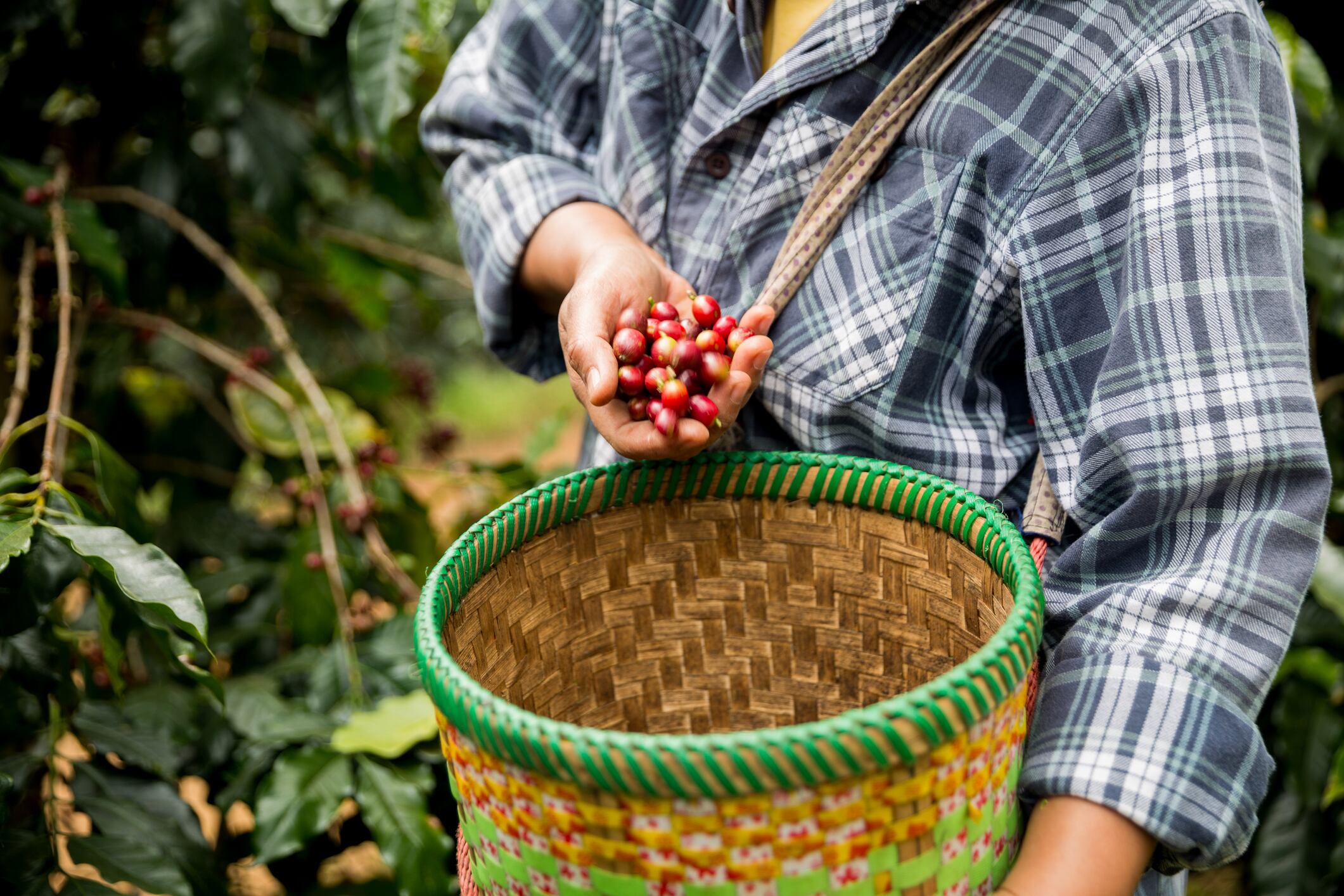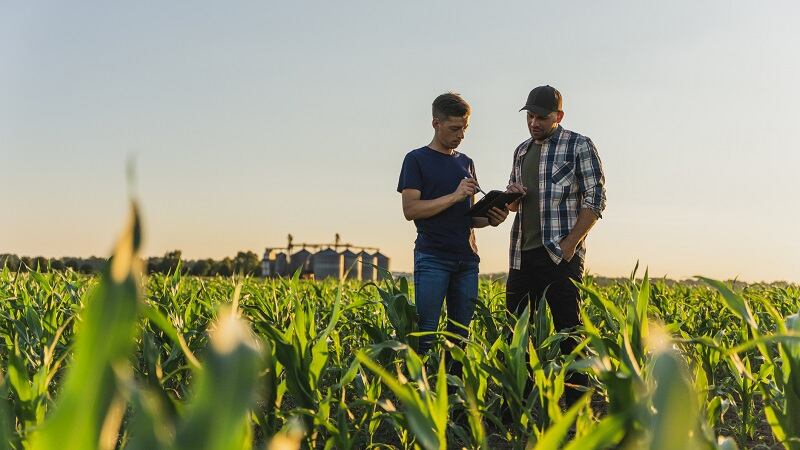The Rainforest Alliance is moving beyond its long-standing sustainable certification with the rollout of a new Regenerative Agriculture certification for coffee, designed to push producers and brands further along the path toward climate resilience and ecosystem restoration.
The new certification builds directly on decades of the organization’s sustainable agriculture standards, according to Juliana Jaramillo, global lead for regenerative agriculture at the Rainforest Alliance.
“The sustainable certification is the great foundation for the regenerative certification,” she said. “What makes the difference between the sustainable [standard] and regeneration practices is the quality of the implementation and how they deliver on the outcome.”
Many existing Rainforest Alliance-certified producers already practice these at a high level, and the new standard offers recognition and further incentives, he explained.
“The regenerative standard is a way of actually recognizing or further incentivizing these producers that are already going the extra mile and doing a great job,” Jaramillo explained. “For already sustainably-certified producers [it’s a way to] go one step further and deliver better outcomes.”
Integration with other standards
As consumers and brands navigate a slew of certifications in the market, Jaramillo emphasized that the Regenerative Agriculture certification is meant to complement, not compete with, other frameworks.
“Having regenerative agriculture is not something that we can do alone,” she said. “The objective is not the competition between seals and standards, but really trying to make a contribution towards a bigger goal,” she said.
She noted alignment with platforms such as Fair Trade, the Sustainable Agriculture Platform and other international benchmarks.
What certification means for brands
For CPG companies, Jaramillo framed certification as both a risk management strategy and a brand opportunity. Transitioning to regenerative practices requires training and initial upfront investment – but she encouraged brands to weigh those costs against the risks of inaction.
“Transitioning to regenerative agriculture has costs, but I always invite people to think about what is the cost of inaction,” she explained. “Regenerative agriculture is a way to ensure the future supply now with climate change, biodiversity loss and extreme weather events.”
Certification also enables companies to make verified claims and report against environmental, social and governance frameworks.
The regenerative agriculture standard “will give visibility to the companies and engage more consumers, differentiate themselves in the market, and also provide data that can be linked to ESG reporting,” she added.
Coffee market volatility and farmer incentives
Given the soaring costs of coffee over the last year, how do market volatilities influence certification adoption?
By building a supply chain rooted in regenerative agriculture practices, companies can help ensure resilience for both farmers and brands, Kevin Lardner, senior coffee trade relationship manager at the Rainforest Alliance, explained, . But, he also cautioned that market cycles can complicate adoption.
“When coffee prices are very high, the incentive for farmers to pursue certification can feel less urgent. But when the market swings lower, premiums become especially important, helping farmers keep regenerative practices in place. To really scale impact, we need consistent support from roasters and traders so that certification is a long-term driver of resilience, not just a choice shaped by short-term market cycles,” Lardner said.
Farmer impact and support
Ensuring that farmers aren’t left behind in the transition is central to the program, Jaramillo stressed.
“What is most important is not leaving the producers alone in all of this, because they are actually having a great contribution to climate change mitigation and adaptation and to biodiversity conservation via agricultural production,” she said. “We believe that this should be compensated,” she said.
Support typically includes training, access to new inputs and premiums to cover transition costs. Over time, Jaramillo noted, regenerative practices can reduce farmers’ reliance on expensive synthetic fertilizers and pesticides while boosting resilience and productivity.
“After some time in the transition, what happens is that the system is so resilient and so stable that the plants are much healthier and would need less synthetic fertilization or pesticides,” she explained. “Productivity goes up massively and is very stable over time, and very resilient against shocks, market shocks or climate shocks.”
Scaling beyond coffee
Coffee is the first crop under the new certification, but Jaramillo confirmed that cocoa, tea and citrus are next in line.
“We are presently in conversations with chocolate companies, tea companies, citrus companies” with plans to begin “as soon as Q1 or Q2 2026,” she added.




